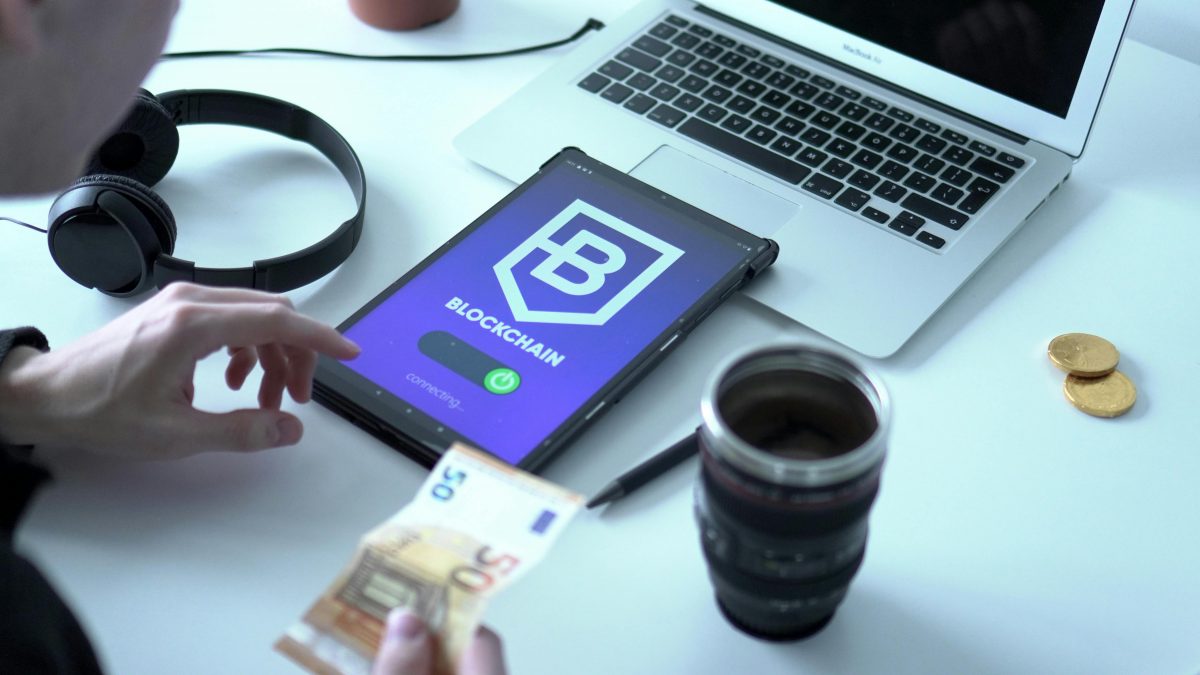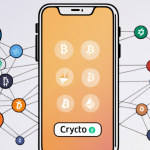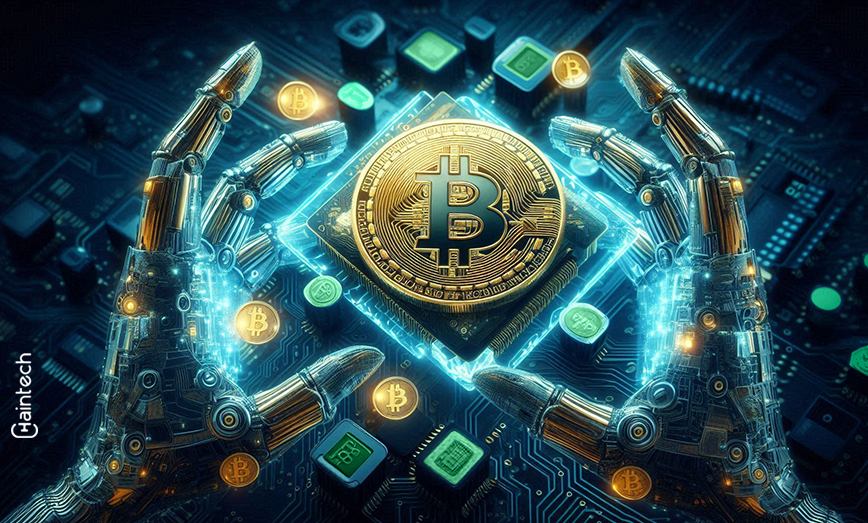What is Uniswap (UNI)?

What is Uniswap (UNI)?
Uniswap(UNI) is a crypto exchange. It uses an automatic system for trading, allowing people to trade cryptocurrencies directly with each other.
Hayden Adams created Uniswap. It’s a special platform that lets people trade ERC-20 tokens. This platform operates on Ethereum, which happens to be the world’s second-largest blockchain.
It is managed by UNI owners. Being open-source means anyone can see and help improve the code behind the blockchain.
What is UNI?
UNI was airdropped in 2020 as a governance token. Essentially, UNI, the Uniswap token, lets the community take charge and control the protocol. Specifically, people owning UNI can vote on changes and developments, but through a special system.
Moreover, you can even earn Uniswap (UNI) by holding onto your crypto without selling or trading it. This approach rewards commitment and helps grow the Uniswap ecosystem.
How does Uniswap work?
Uniswap is a special kind of system that runs on the Ethereum blockchain. It works on a protocol of Automated market maker.
Uniswap runs on two smart contracts; an “Exchange” contract and a “Factory” contract. Within Uniswap, each smart contract (or pair) manages a pool containing two ERC-20 tokens. Moreover, anyone can participate as a liquidity provider by depositing an equal value of both tokens into the pool. In exchange, they receive tokens representing their ownership share of the pool. These tokens can be exchanged back for the original tokens at any time.
Versions of Uniswap
Uniswap has four existing versions.
In Uniswap v1, pairs of assets were stored in contracts, and there was a fee on trades. However, the drawback was that you could only trade with Ethereum pairs. Therefore, if you wanted to trade any other digital assets, you first had to interact with the pool containing Ethereum.
Subsequently, Uniswap v2 introduced several improvements in May 2023. In v2, users could create pairs between any two digital assets, not just between one asset and Ethereum. This change made trading more flexible, but it could also make it a bit complex to find the best way to trade. To address this complexity, it offered tools to handle this off-chain or through specific contracts.
In Uniswap v1, using Ethereum as a mandatory currency created extra costs for traders and caused losses for liquidity providers if the prices of assets changed.
In contrast, Uniswap v2 removed this limitation, allowing liquidity providers to pair any two digital assets, making trading more efficient and reducing these costs.
Moreover, v2 had other features like a price tracker and “flash swaps” that made it easier for users to borrow assets for transactions. While v2 couldn’t be significantly changed once created, there was an option to adjust a small trade fee, impacting earnings for liquidity providers.
Then, Uniswap v3 introduced a new way to manage liquidity in May 2021 called concentrated liquidity. In previous versions, liquidity was spread out evenly across all prices from zero to infinity.
In v3, liquidity providers can choose to focus their funds on specific price ranges instead of the whole range. Each provider can have multiple focused ranges, making unique price patterns for them.
Looking ahead, as technology and markets continue to evolve, Uniswap recognises the necessity for adaptation. Therefore, they’re introducing Uniswap v4, envisioning a significant shift in how tokens are traded and liquidity is formed on the blockchain.
By sharing the initial code in June 2023, Uniswap welcomes community involvement in shaping v4. Throughout this inclusive process is anticipated to span several months. Individuals can explore the early versions of Uniswap v4’s core and supplementary code, review the draft technical whitepaper, and find ways to contribute to this open initiative.
Examples of uses of Uniswap
Online Payments: You can use Uniswap coins to pay for things at stores worldwide without worrying about different currencies.
Staking Tokens: When you put some of your Uniswap tokens into the liquidity pools, you can earn additional tokens as a reward.
Investment: Uniswap’s Uni tokens have shown they can grow in value, making them a good investment if you want to get more money back later.
International Transfers: With Uniswap, you can move money between countries easily using their system.
Pros & Cons of Uniswap
Pros:
1. Swap ERC-20 tokens:
Uniswap allows users to exchange different types of digital tokens built on the Ethereum network, known as ERC-20 tokens. Consequently, this flexibility enables easy swapping of various cryptocurrencies without needing a centralised authority.
2. User-friendly design:
The platform boasts a simple and intuitive user interface, making it accessible even to those new to cryptocurrency trading.
3. Earn crypto with liquidity mining:
Users have the opportunity to earn additional cryptocurrency rewards by participating in liquidity mining. By engaging in this process, they can supply their tokens to Uniswap’s liquidity pools and earn a share of the trading fees generated by the platform.
4. Crypto wallet support:
It supports various cryptocurrency wallets, enabling users to connect their preferred wallets to the platform. As a result, this compatibility allows for seamless transactions directly from users’ wallets.
Cons:
1. Doesn’t accept fiat money:
Uniswap solely deals with cryptocurrencies and does not facilitate transactions using traditional currencies like dollars or euros.
2. Gas fees:
Transactions on Uniswap incur gas fees, which can sometimes be relatively high during peak periods.
3. Risk of impermanent loss:
Liquidity providers face the risk of impermanent loss, which occurs when the value of tokens provided as liquidity changes compared to their initial deposit. This risk arises due to fluctuations in token prices, which can lead to potential losses.
Conclusion
Uniswap (UNI) is like an online market where you can directly trade digital tokens using Ethereum. Continuously evolving, it keeps getting better with versions like v1 to v4, bringing new ideas like ‘concentrated liquidity’ in v3.
Moreover, people use Uniswap for various purposes, such as buying online, investing, and sending money worldwide. Notably, it’s easy to trade tokens, and you can even earn more tokens. However, as we learn, there are some downsides. For instance, it doesn’t handle regular money, and there can be extra charges and risks.
Looking ahead, Uniswap v4 is getting ready to change how tokens are traded, and they’re inviting everyone to contribute their ideas. Indeed, big, exciting changes are on the way!









